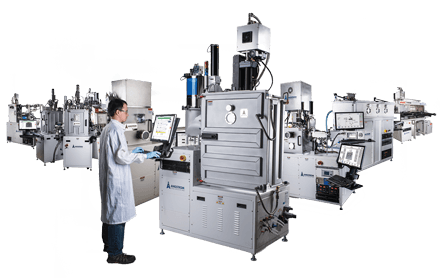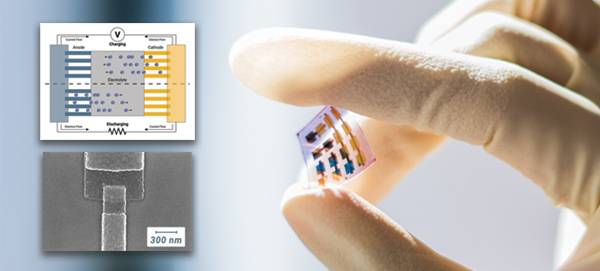Load Locks
Process modules are the vacuum chambers in which the deposition processes like sputtering, electron beam evaporation, or thermal evaporation take place. Load locks, in contrast, are secondary vacuum chambers that are connected to a process module, separated by a gate valve, and have their own high vacuum pumpdown and vent control.
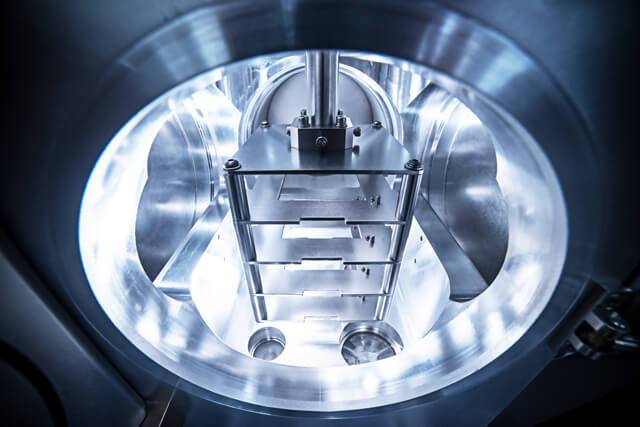
They can be used to house substrate and/or mask carriers and cassettes. The substrates are mounted onto the substrate carrier and loaded into the load-lock parking station. The locations of the substrate carriers and the mask frames are assigned specific identifiers in the parking station which are then input into Aeres® and are controlled from the Aeres® interface there onwards.
The substrate carriers or substrate carrier-mask frame combinations are transferred in and out of the process module (without the need to vent it) using a transfer arm through the gate valve opening. On being commanded by the user through the Aeres® control software, the automated transfer arm selects the specific substrate carrier with or without the mask frame and moves it into the process cell and places/latches it onto the stage for the deposition process. Once the process is completed, the transfer arm picks up the carrier back into the load-lock cell followed by the closure of the gate valve.
This mechanism allows the user to collect the finished product out of the load-lock module without having to vent the process module. A load-lock module, therefore, allows the user to reduce the processing times while simultaneously not exposing the process module to atmospheric contamination. Angstrom Engineering has designed, built and tested load locks of many different sizes and for many unique purposes.

Load locks can complement systems with a single process module, allowing users to carry out their processes without as much need to open the process chamber. This provides more reliable performance and repeatability to the process, while enhancing the longevity of the system components in general. In said scenario, the only time the process module needs to be vented is when the deposition material is exhausted and needs a refill. While it keeps the integrity of the system components, it provides high quality thin films for highly efficient device applications in a variety of fields such as large-area display technologies, photovoltaics, semiconductor industries, sensors, optics, and space simulation, among others.
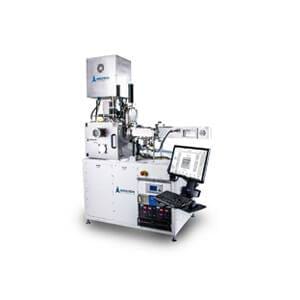
Single chamber process module with simple load lock.
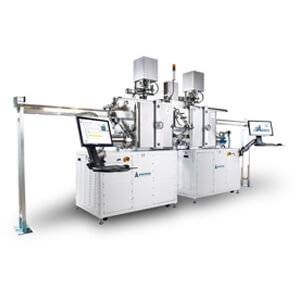
Dual chamber process modules with mask/sample casette load lock.
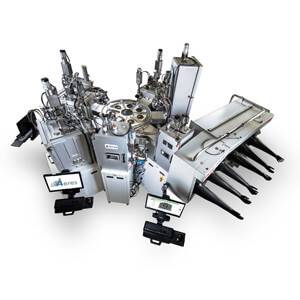
Nebula Cluster with multiple process modules and multiple load lock modules
This system has been the main workhorse in our group for almost 13 years. We have several labs with over 3 million in equipment from 30+
vendors and Angstrom Engineering has the best customer service.
Dr. Quyen Nguyen – University of California Santa Barbara
The most efficient way to determine your needs is to speak with one of our application specialists.
Let’s discuss it.
We look forward to finding the right solution for you.


